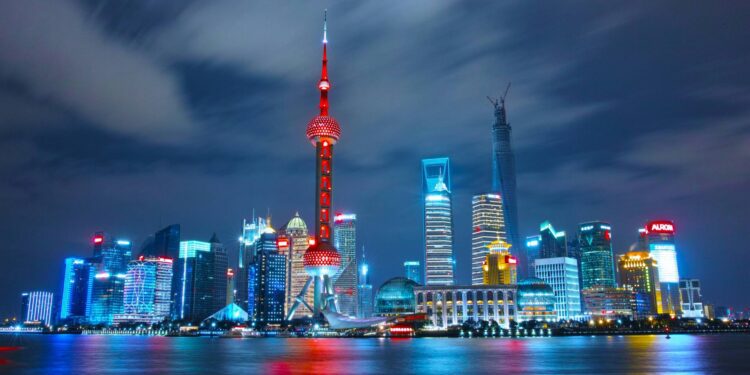The Chinese authorities need to respond “very swiftly in the coming weeks to implement further actions if they hope to reach the 5 percent objective” https://t.co/IjXIrC2nwj via @ft
— Oliver Stuenkel ?? (@OliverStuenkel) September 24, 2024
China has rolled out its most forceful economic stimulus initiatives since the pandemic, with the goal of rejuvenating growth and tackling a downturn in the housing market. The People’s Bank of China (PBOC) has reduced short-term interest rates as well as the rates on current mortgages, decreased the minimum down payment required for home purchases, and permitted state-owned commercial banks to enhance their lending capabilities. In a rare press briefing, PBOC Governor Pan Gongsheng indicated that the bank stands ready to relax lending restrictions further if deemed necessary.
China increased efforts to support its struggling property market. The initiative emphasizes Beijing’s urgent need to mitigate a slowdown driven by housing issues.
— Javier Blas (@JavierBlas) September 24, 2024
The central bank has lowered its benchmark seven-day interest rate from 1.7% to 1.5% and directed commercial banks to cut the reserve requirement by half a percentage point. This alteration is projected to free up an additional $140 billion for lending to both households and businesses. Moreover, the PBOC has assisted banks in issuing loans for share buybacks and enabling major shareholders to raise their stakes in firms, actions likely to bolster stock market values.
The effects of these stimulus measures were swift on financial markets. The CSI 300, the benchmark stock index for China, soared by 4.3%, marking its largest increase since July 2020. Meanwhile, the national currency, the renminbi, fell by 0.6%, representing its biggest drop since early August.
#China’s central bank has presented a significant initiative of measures aimed at revitalizing the nation’s sluggish economy
— Felipe Sahagún (@sahagunfelipe) September 24, 2024
China’s central bank has lowered a short-term policy interest rate, following the commencement of monetary easing actions in the US
— Gregory Daco (@GregDaco) September 23, 2024
China’s economic initiatives trigger market response
Commodities experienced a notable upswing, with copper futures skyrocketing over 4.5% to reach highs not seen in over a decade. Nevertheless, China’s history with extensive stimulus measures has produced mixed results.
In 2008, the country’s expansive infrastructure investments resulted in unsustainable debt. A stock market crash in 2015 erased gains achieved despite similar measures, and during the pandemic, the Chinese real estate sector plummeted following another stimulus attempt that inflated a bubble. There is speculation about the potential for more fiscal stimulus, which could generate global implications.
If the Beijing administration directs more public funds towards infrastructure, it is likely commodities would experience another surge, affecting various sectors such as US manufacturing and energy, and causing significant shifts in supply chains and pricing of raw materials. For American investors, rising commodity prices may not directly result in increased consumer-level inflation; however, more volatility in inflation could be anticipated as China’s strategies push commodity values higher. US companies may confront escalated input costs, variable consumer demand, and challenging planning scenarios, especially for smaller enterprises.
These actions signify China’s commitment to stimulate its economy and stabilize crucial financial segments amid ongoing economic hurdles. As Bloomberg’s chief Asia economist Chang Shu remarked, “Implementing all these measures at once is quite rare,” underscoring the urgency felt in Beijing to avert deflationary threats and align growth with this year’s 5% national growth aim.


